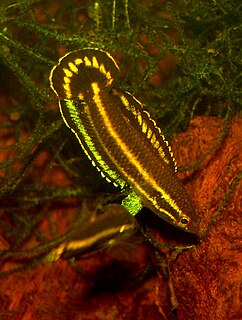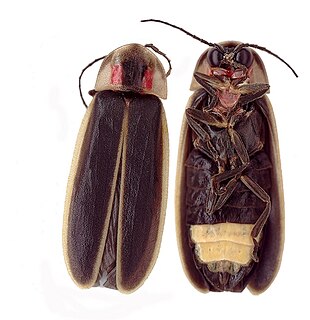Bonnie Lynn Bassler is an American molecular biologist who has researched chemical communication between bacteria known as quorum sensing, and contributed to the idea that disruption of chemical signaling can be used as an antimicrobial therapy. She is the Squibb Professor in Molecular Biology and chair of the Department of Molecular Biology at Princeton University. She is a Howard Hughes Medical Institute Investigator and her research focuses on cell-to-cell communication in bacteria.

Harvey County is a county located in the U.S. state of Kansas. As of the 2010 census, the county population was 34,684. Its county seat and most populous city is Newton.

Hesston is a city in Harvey County, Kansas, United States. As of the 2010 census, the city population was 3,709. Hesston is home of Hesston College.

Newton is a city in and the county seat of Harvey County, Kansas, United States. As of the 2010 census, the city population was 19,132. Newton is located 25 miles (40 km) north of Wichita. The city of North Newton is located immediately north, existing as a separate political entity.

North Newton is a city in Harvey County, Kansas, United States. As of the 2010 census, the city population was 1,759. The city of Newton is located immediately south, existing as a separate political entity. North Newton is home of Bethel College.

Beethoven is a 1992 family comedy film, directed by Brian Levant and starring Charles Grodin and Bonnie Hunt as George and Alice Newton. It is the first installment of the Beethoven film series.

The Harvey's red duiker is one of 19 species of duiker found in Tanzania and scattered through Kenya, southern Somalia and possibly central Ethiopia.

Parosphromenus harveyi is a species of gourami endemic to Malaysia, where it is only known from Selangor. The most extreme freshwater habitats in Peninsular Malaysia is the peat swamp forest that consist of dark-coloured and highly acidic waters. Parosphromenus harveyi is known as licorice gourami, small labyrinth fishes located within the north Selangor peat swamp forest from the Tanjong Malim area in neighbouring Perak state at least one population distribution that exhibit a wide variety of morphological and behavioural traits. Species of the osphronemid genus Parosphromenus that stenotypic inhabitant of peat swamp forests and associated black water streams which has a very little light penetrates. Parosphromenus was established by Brown, 1987. Since 1950s, the additional taxa have been described on a sporadic basis and there are 20 recognised members at present.

Photinus pyralis, known by the common names common eastern firefly and big dipper firefly, is the most common species of firefly in North America. P. pyralis is a flying and light-producing beetle with a light organ on the ventral side of its abdomen. This organism is sometimes incorrectly classified as Photuris pyralis, which likely results from mistaking the similar-sounding genus Photuris.

The rover fireflies (Photinus) are a genus of fireflies. They are the type genus of tribe Photinini in subfamily Lampyrinae. This genus contains, for example, the common eastern firefly, the state insect of Tennessee, United States.
Pycnodithella is a genus of pseudoscorpions in the family Tridenchthoniidae. There are at least two described species in Pycnodithella.

Photinus carolinus is a species of rover firefly whose mating displays of synchronous flashing have fascinated both scientists and tourists. As individual females synchronize with males nearby, waves of alternating bright light and darkness seem to travel across the landscape. Firefly displays typically occur in early June near Elkmont, Tennessee, in the Great Smoky Mountains National Park, near Gatlinburg.
The Gulf flashlightfish is a species of saltwater fish of the family Anomalopidae, also known as lanterneye fish, of the order Beryciformes. It is endemic to the Gulf of California. This cryptic fish is the only known member of its genus.

The 2016 North Carolina election was held on November 8, 2016, to elect the Attorney General of North Carolina, concurrently with the 2016 U.S. presidential election, as well as elections to the United States Senate and elections to the United States House of Representatives and various state and local elections.
Photinus brimleyi is a species of firefly in the family Lampyridae. It is found in North America.
Photinus marginellus is a species of firefly in the family of beetles known as Lampyridae. It is found in North America.
Photinus concisus is a species of firefly in the family of beetles known as Lampyridae. It is found in North America.

The Flying Horseman is a 1926 American Western film directed by Orville O. Dull and written by Gertrude Orr. The film stars Buck Jones, Gladys McConnell, Bruce Covington, Walter Percival, Hank Mann, and Harvey Clark. The film was released on September 5, 1926, by Fox Film Corporation.













